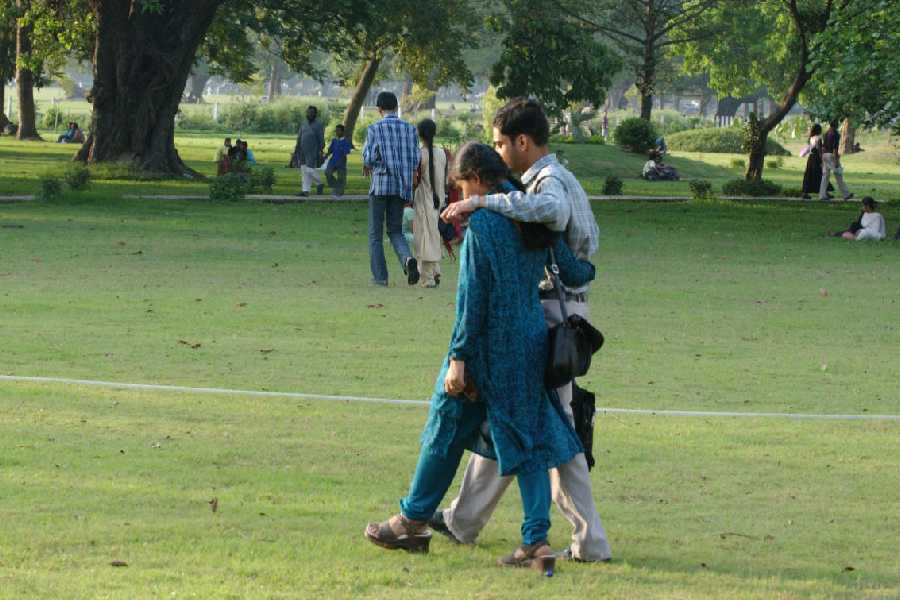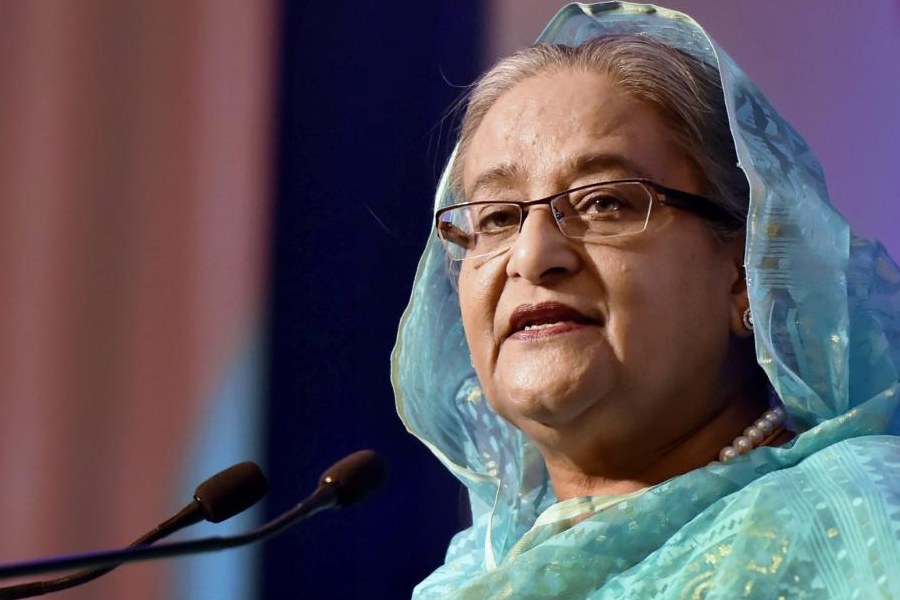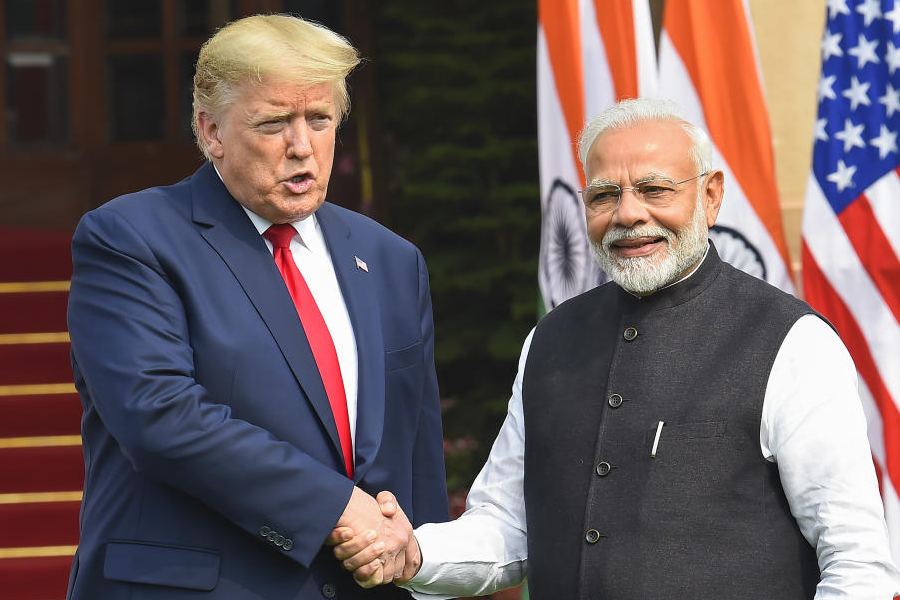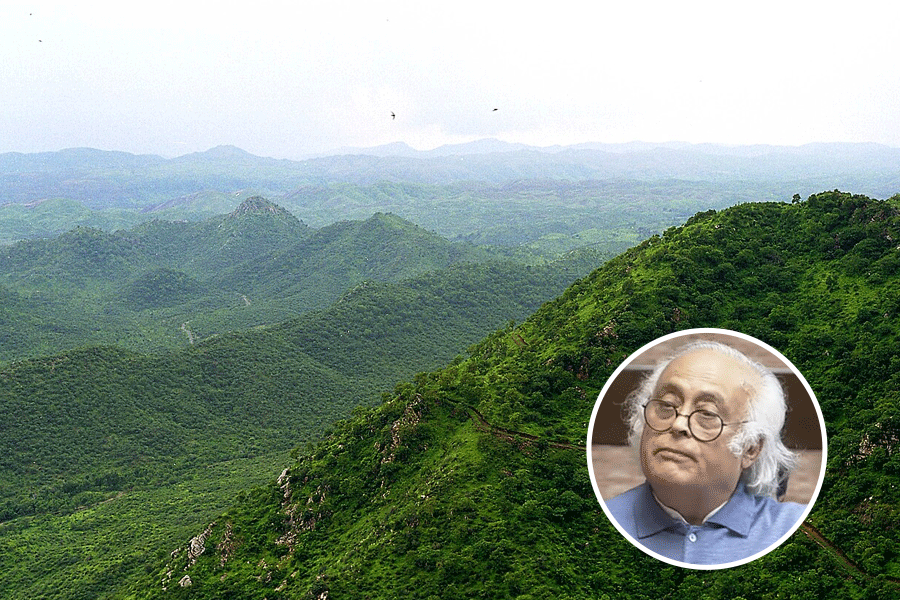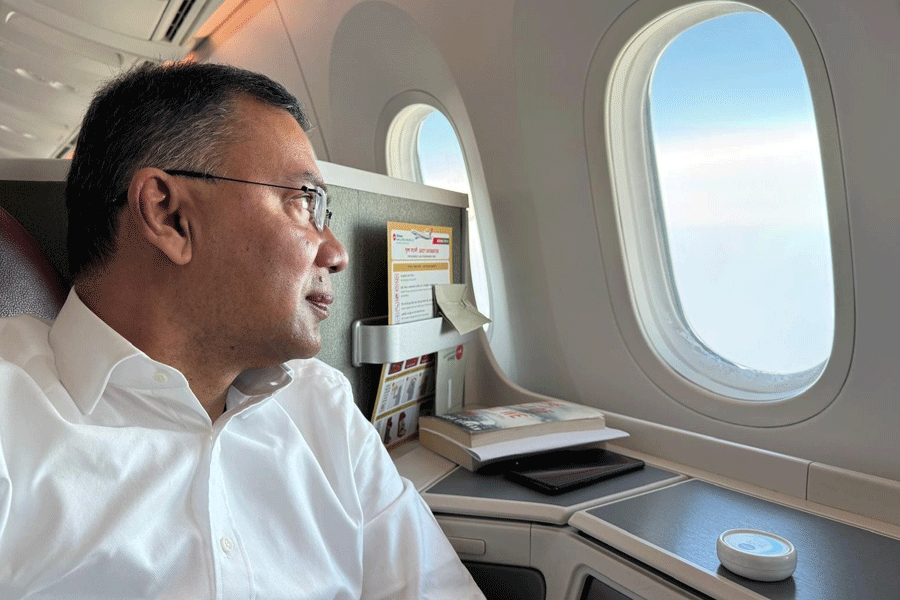Book: HOW INDIA LOVES: LOVE STORIES FROM THE WORLD’S LARGEST DEMOCRACY
Author: Rituparna Chatterjee
Published by: Bloomsbury
Price: Rs 699
In How India Loves, Rituparna Chatterjee meditates on the changing dynamics, definitions and manifestations of the most tender of human emotions by collating dozens of anthropological stories on love, sex and relationships emerging from the world's largest democracy.
The narrative's comprehensive scope enables it to cover a wide range of phenomena that symbolise modern India's tryst with romance. From the "frivolous" extra-marital affairs among the elites and the working classes in Delhi to a surprisingly benign version of attachment in the financial capital, wherein promiscuous Mumbaikars are craving "cuddling" as the ultimate form of intimacy, to the thriving BDSM communities and the prevalence of "experimental sex", including fetishes like "foot worship," in Bengaluru to the "hot boudi syndrome" and warrior female figures in Calcutta, Chatterjee navigates a myriad spaces and explores the impact that the intersection of culture, history and social dynamics has on approaches to love in India.
Chatterjee's writing is engaging and combines personal anecdotes, interviews, and critical commentary to stitch together an engrossing narrative. The stories of her subjects, whom she refers to for some reason as "romantic nincompoops" — domestic workers, sugar daddies, swinger couples, polyamorous individuals, victims of abuse, couples celebrating their jubilee anniversaries, pornography addicts — often seem overwhelming to her "grandma", "hopeless[ly] romantic" self: does she then function as a non-judgmental sounding board for these chronicles? This question is not irrelevant. Chatterjee's objective-observer role is sometimes undermined by her commentary, which makes it evident that she is left feeling exhausted by the "hypersexualized" tendencies of Indians' current ways of coupling.
Chatterjee's exploration of Indian masculinity through the archetype of the "lost little Indian boy" that seems to be driving women towards singlehood and her use of Jungian psychoanalysis to explain similar trends are insightful. The themes deliberated upon are also relevant. They include issues like loneliness, insecurity, shame, taboo and childhood trauma that make or break relationships, Gen Z dating trends like 'breadcrumbing' and 'benching' that have reduced love to a casual encounter, the use of sex toys and sex with robots, which offer glimpses into the future of love.
But the abundance of choices that Indians seem to be exercising in matters of love seems to be restricted to metropolises. What of love in the Indian heartland?

